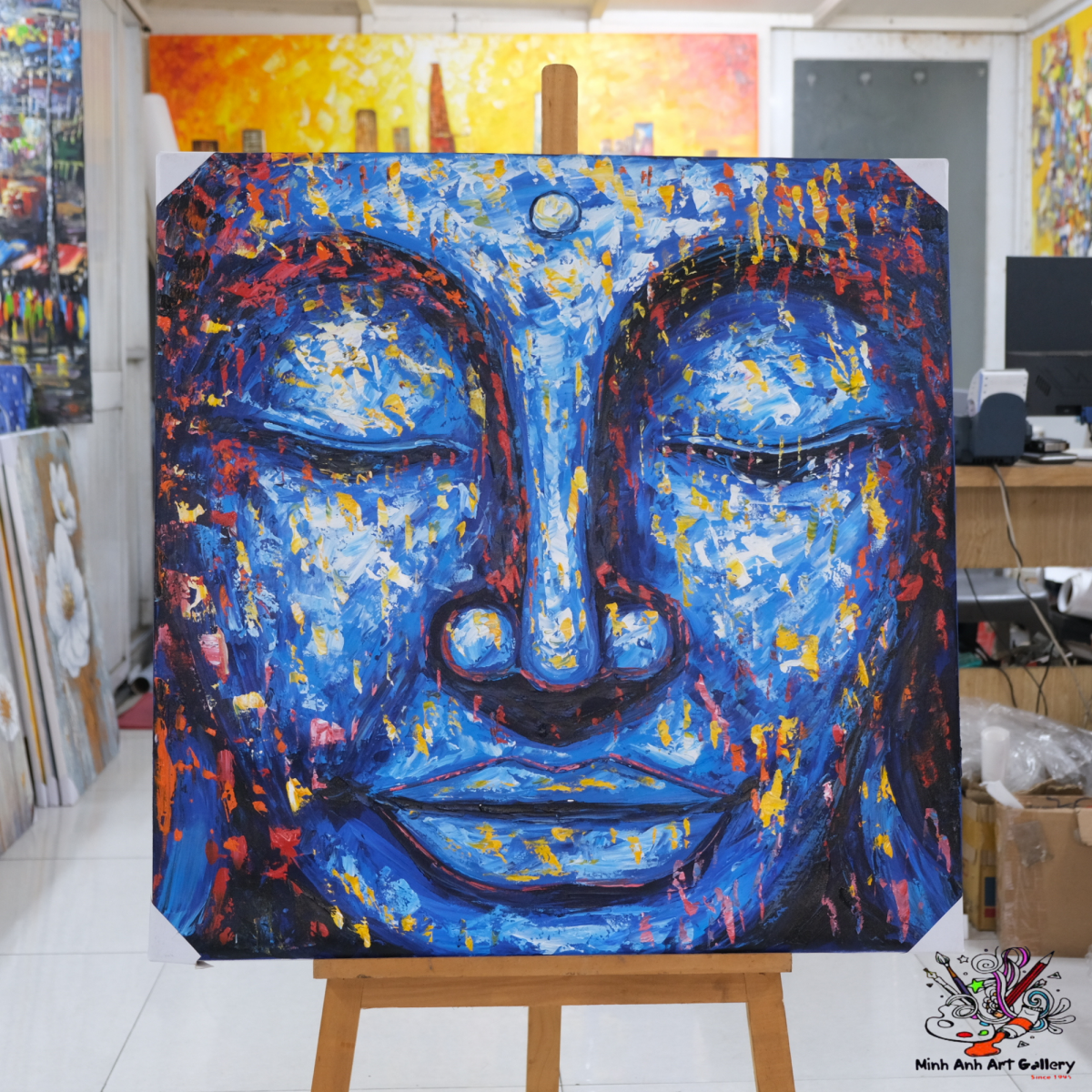Imagine walking into a beautifully designed space full of masterpieces. What hits you first? The artwork or the way it’s lit? Light often plays the silent curator. The lighting either elevates your collection or completely hides its brilliance. It's the bridge between observer and emotion.

Lighting creates mood, shapes emotion, and builds atmosphere. Whether it’s a warm spotlight softening a portrait or a cool wash of light accentuating abstract forms in a contemporary art gallery, light tells a story. It breathes life into static frames.
Natural light gives authenticity—but it’s a bit of a diva. It shifts. It ages your artwork. While ideal for temporary viewing, overexposure can damage pigments. Artificial light, however, offers control—essential for a long-term art collection gallery.
Ambient lighting sets the stage. It provides overall brightness without focusing on specific pieces. Used right, it keeps visitors comfortable without stealing attention from your fine art collection.
Want to make one painting the star of the room? Use accent lighting. Spotlights and track systems help emphasize texture and detail. This is critical in a curated art collection where each piece tells a unique tale.
Different materials react differently to light. Oil on canvas can reflect harshly, while watercolors might fade quickly. Understanding each medium’s sensitivity is crucial when managing a modern art collection.
Lighting from a 30-degree angle reduces shadows and glare. Don’t just throw light on art—sculpt it. Position lights to enhance depth and draw the viewer’s gaze naturally across the piece.
Aim for neutral white (3000–3500K) with a CRI above 90. Why? It keeps colors authentic and vibrant—essential when presenting a high-value fine art collection.

In institutions with famous art collections, lighting must balance visibility with conservation. LEDs and fiber optic systems are common, emitting no UV and generating minimal heat—preserving priceless heritage.
Private art galleries and home collectors face different challenges. You want ambiance, not glare. Dimmable systems, wall washers, and customized lighting zones help create the right mood without harming the art.
Today’s contemporary art gallery spaces love to push boundaries—dynamic lights, projection mapping, even reactive lighting that shifts with movement or music. Innovation turns light into part of the art itself.
This one’s a killer. Too much light washes out your work, while poorly angled lighting creates annoying glare. Both pull attention away from the art.
UV rays fade, crack, and ruin artwork over time. Always use UV-filtered glass or UV-free LEDs in any serious art collection.
Today’s tech-savvy curators are embracing smart systems that adjust color temperature and intensity automatically. It’s not just convenient—it’s preservation-friendly.
Sustainability matters. LEDs reduce energy costs and carbon footprints. For large-scale art gallery exhibitions, this makes your space both eco-conscious and budget-friendly.
How do you capture the magic of real-world art in a digital frame? With excellent lighting. Professional photos of your art collection online need controlled setups—softboxes, diffusers, and white balance adjustments.
Virtual reality galleries are booming. Light in these settings must be digitally simulated to reflect realism. Strategic placement and software-based lighting ensure immersive art gallery collection tour experiences.
If your gallery or curated art collections are the heart of your brand, don’t DIY the lighting. Professionals tailor each lumen to tell your story with elegance and impact.
Curating is more than selection—it’s orchestration. Lighting guides flow, dictates rhythm, and evokes meaning. Great lighting turns your art collection gallery into an emotional journey.

Lighting isn’t just technical—it’s transformational. It’s the invisible artist that shapes perception, evokes emotion, and preserves legacy. Whether you're showcasing in private art galleries or elevating your art collection online, great lighting turns every canvas into a stage, every stroke into a spotlight.
If you want your fine art collection to not just be seen—but felt—then let light be your storyteller.
1. What lighting is best for oil and acrylic artworks?
High-CRI LEDs with adjustable beam angles work best. Keep light at a 30-degree angle to avoid glare on glossy surfaces.
2. How do I light my home art collection safely?
Use dimmable LED fixtures, avoid natural light where possible, and always use UV filters if windows are nearby.
3. Can smart lighting really enhance art displays?
Yes! It adjusts automatically to match time of day and viewing conditions—perfect for dynamic curated art collections.
4. What’s the biggest mistake in lighting galleries?
Overexposure and incorrect positioning. Too much light or wrong angles can distort colors and fatigue the eye.
5. How do I photograph my collection for online galleries?
Use soft, even lighting with daylight-balanced bulbs. Avoid mixing color temperatures. This ensures your art collection online looks accurate and professional.
This SEO-optimized article is proudly written for Minh Anh Art Gallery — illuminating the soul of every brushstroke with elegance and precision.
Minh Anh Art Gallery
101 Bui Vien St, District 1, Ho Chi Minh City, Viet Nam
(+84) 962 720 484
minhanhart.vn@gmail.com
https://minhanhart.vn/